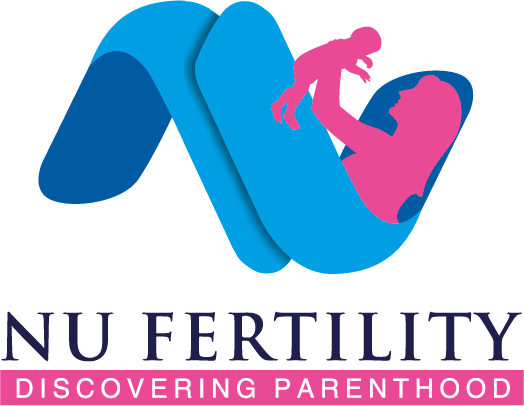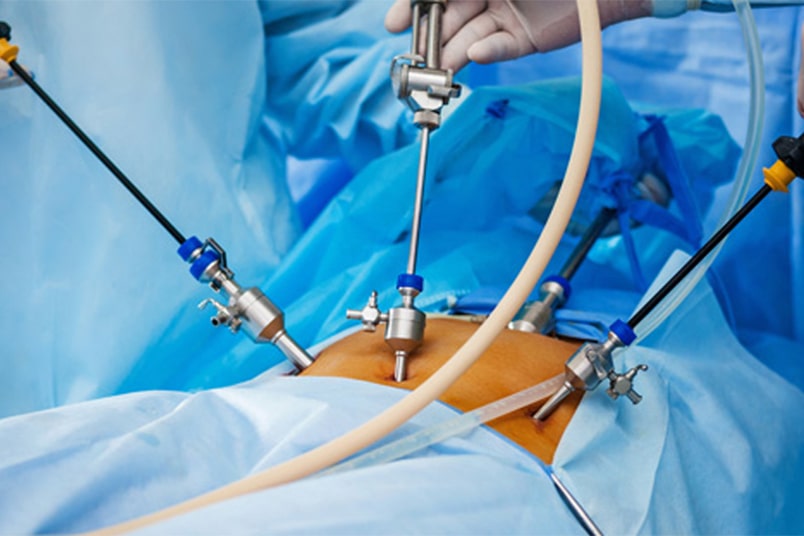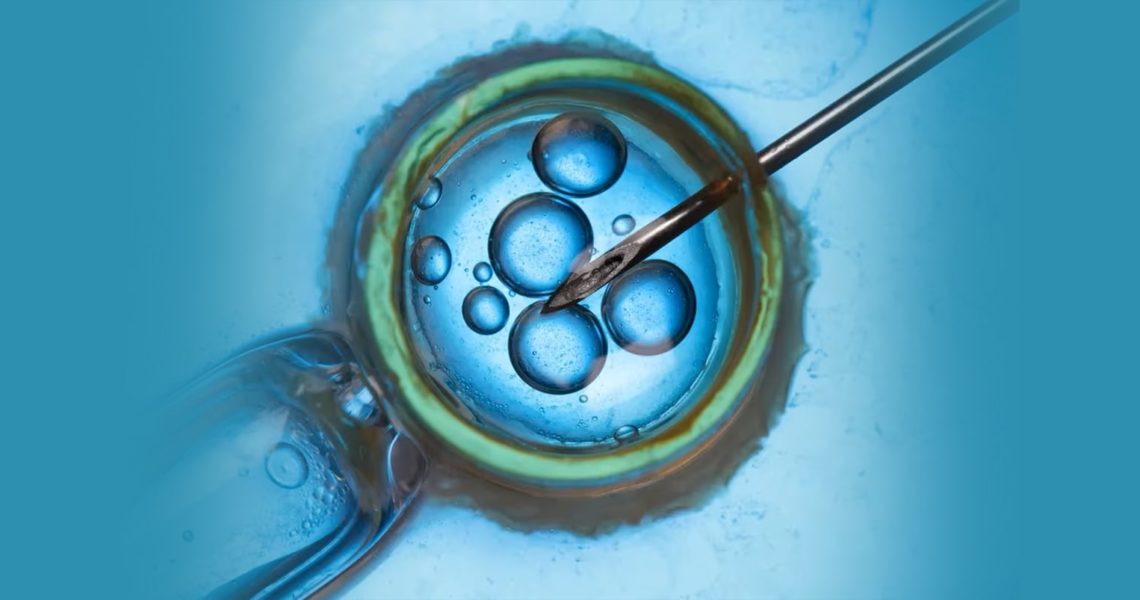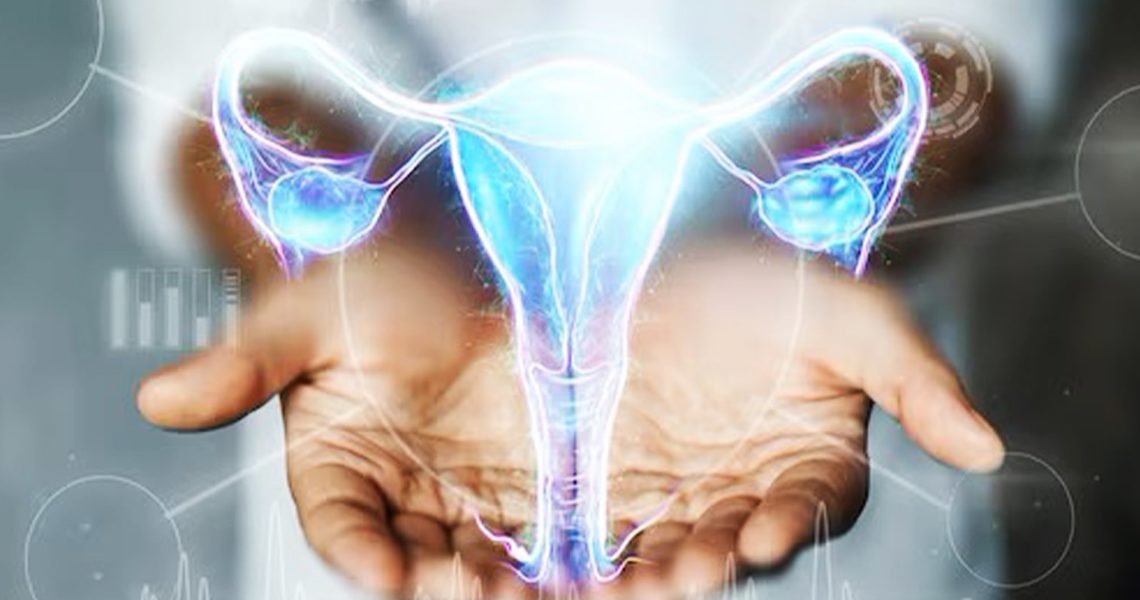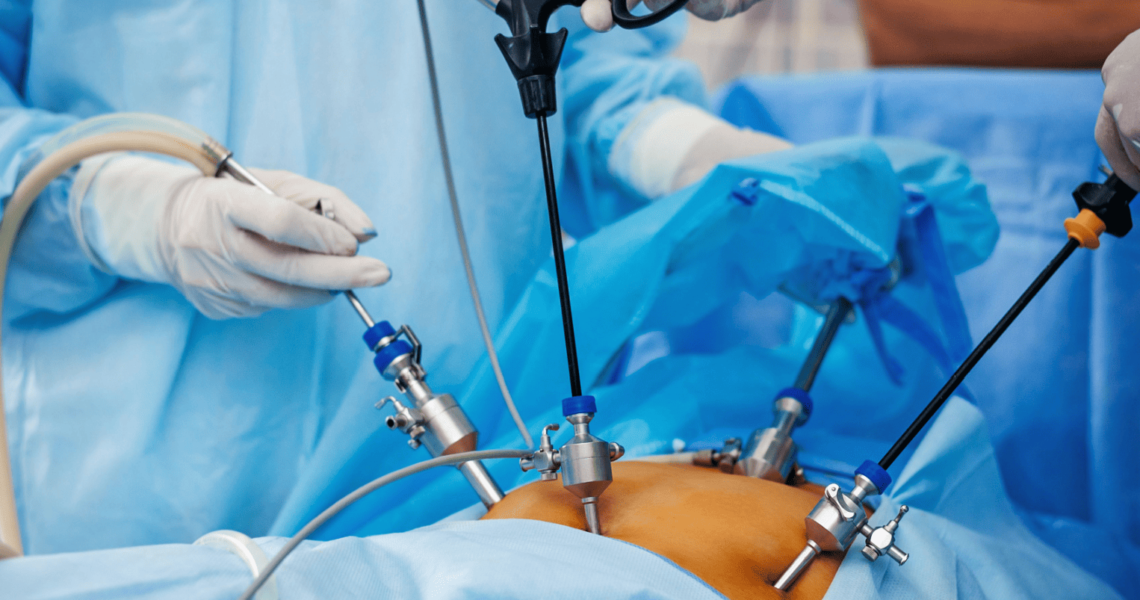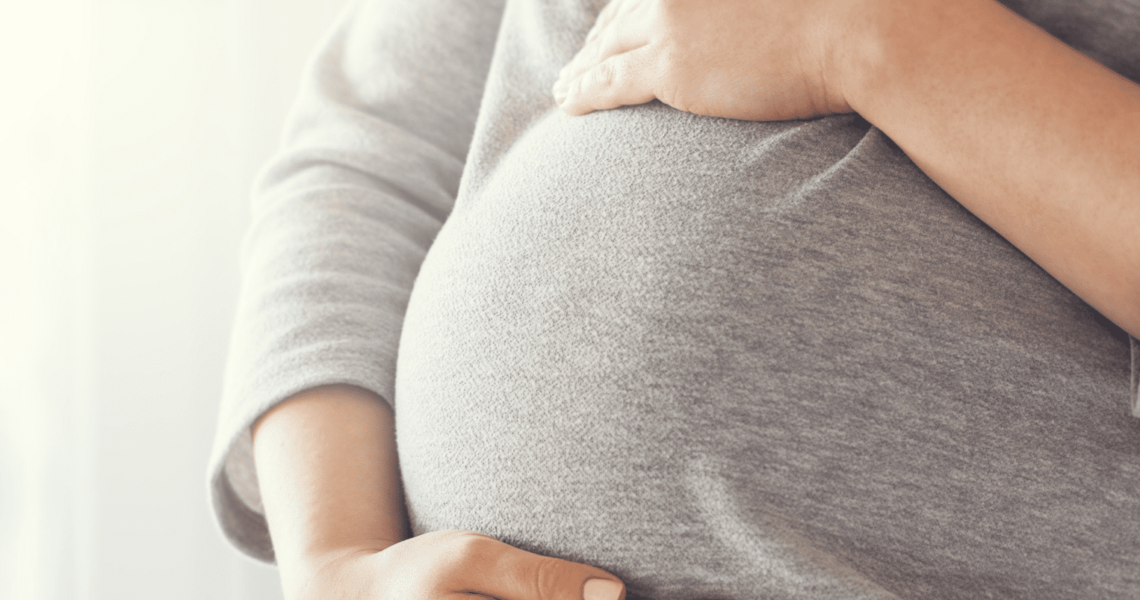Aging is a natural process that is inevitable. With advancing age, the body undergoes certain irreversible changes. Like all other body parts, a woman’s vagina also changes, partly due to aging and also because of childbirth. The vagina becomes loose and dryness becomes more evident. To overcome these problems, a procedure called vaginal rejuvenation is adopted. At times, it is done for cosmetic reasons. This procedure includes anything that changes or alters the vaginal anatomy, including both internal and external structures. There are surgical and non-surgical ways of carrying out vaginal rejuvenation.
Fertility
Laparoscopy Surgery for Infertility & Blocked Fallopian Tubes
Over 20% of people in their reproductive years may be facing infertility, but thanks to a range of fertility treatments, many have found hope in becoming parents. Laparoscopic surgery is a remarkable option among the various techniques available, offering a ray of hope for those struggling with fertility conditions and blocked fallopian tubes.
Is Egg Freezing Right for You?
Egg freezing, or oocyte cryopreservation, is a medical procedure where a woman’s eggs are extracted, frozen, and stored to extend their fertility window.
The process involves stimulating the ovaries to produce multiple eggs, which are then harvested, cooled to sub-zero temperatures, and preserved. This technology allows women to delay childbearing while maintaining the option to use their eggs for conception later on in life.
Egg freezing is often chosen by women facing age-related fertility decline, medical treatments that may impact fertility, or those pursuing career and personal goals.
Though it doesn’t guarantee future pregnancy, it offers a proactive approach to preserve reproductive options and is increasingly considered by couples seeking greater control over their family planning timelines.
IVM vs. Traditional IVF: Choosing the Right Path
Assisted reproductive technology (ART) includes fertility treatments that involves handling either eggs or embryos. Two distinct procedures of ART that are now being widely opted by couples facing problems in conception are in vitro maturation (IVM) and in vitro fertilization (IVF). IVM is relatively newer than IVF and there have been very fewer births with IVM when compared to the latter. Since both these procedures work towards the same outcome, the question arises as to choosing the better option out of the two. In this blog, we look into all the aspects of IVM and IVF that can help you consider one as a viable treatment option.
6 Reasons Why IVF Fail and What Affects the Success of IVF?
In vitro fertilization is one of the assisted reproductive technologies that has taken the medical world by storm. Cited as a boon of new-age technological advancements, IVF is a means of turning the dreams of numerous childless couples into a reality. IVF has been used more often as a first line of therapy for some causes of infertility in recent years due to its high success rate. So, what makes IVF unique and what are the statistics associated with it? This blog delves into the facts and figures surrounding IVF. Read ahead to know more.
Fresh vs. Frozen Embryo Transfers: An Explanation through Comparison
Fresh embryo transfers were the only option when in vitro fertilization (IVF) was initially introduced due to the limited progress in cryopreservation techniques. However, over the past four decades, significant advancements in cryopreservation, culture media, and reproductive technologies have made both fresh and frozen embryo transfers (FETs) widely practiced. Nowadays, FETs are generally preferred, depending on the age of the couple, number of oocytes retrieved, quality of embryos, adequacy of the endometrial lining, and hormonal parameters.
Ovarian Cysts and Pregnancy: Could a Cyst Stop Me from being a mother?
Attaining motherhood is the dream of every married woman. However, becoming pregnant sometimes can be more difficult if the woman suffers from polycystic ovarian syndrome (PCOS) or has ovarian cysts. Ovarian cysts are fluid-filled sacs that develop in the ovaries. Although ovarian cysts do not cause infertility, it may lead to certain medical conditions which can make it difficult to achieve pregnancy. Early diagnosis and timely treatments will help overcome this problem.
Laparoscopy for Infertility – Procedure and Recovery Time
Laparoscopy, a minimally invasive surgical technique, plays a pivotal role in diagnosing and treating infertility. This procedure involves inserting a camera through a small incisions, providing a detailed view of the reproductive organs. In the realm of infertility, laparoscopy aids in identifying and addressing issues such as endometriosis, pelvic adhesions, or structural abnormalities. By offering a precise and less invasive alternative to traditional surgeries, laparoscopy minimizes patient recovery time and discomfort. Its ability to uncover and treat underlying causes of infertility marks it as a valuable tool in the journey toward achieving conception for couples facing reproductive challenges.
In Vitro Maturation (IVM): A Less Invasive Alternative to IVF
The dream of becoming parents is sometimes marred by fertility issues faced by either one of the partners. For those facing this problem, there is hope. New advancements in technology have enabled many couples to fulfill their dream of attaining parenthood. One such medical innovation in the field of fertility medicine is in vitro maturation (IVM). It is a novel and less invasive approach to becoming pregnant and is another alternative to in vitro fertilization (IVF). Let’s delve into the intricacies of this technique and learn about the procedure.
Role of Fertility Preservation in Cancer Survivors
Fertility preservation is a crucial consideration for cancer survivors facing potential impacts due to their treatment on their reproductive health. As medical advancements improve cancer treatment outcomes, the focus on preserving fertility has grown, addressing the unique challenges that cancer survivors face.
